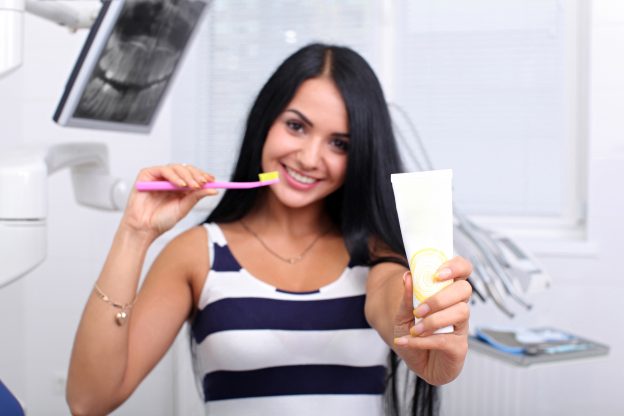How do hygienists motivate patients to better their oral health? Motivation between recare appointments is one of the biggest factors affecting a person’s dental status, whether they’re managing minor gingivitis or have received recent treatment for aggressive periodontal disease. The patient motivation techniques you choose will play a long-term role in the future of each individual patient’s smile.
Understanding What Motivates Adults
Patient motivation techniques must be adjusted and tweaked depending on the age, demographics, and specific concerns of your individual patients. In adults, this may be:
- Health
- Financial
- Social
- Emotional
- Fear/anxiety
It’s best not to assume one over another, unless your patient specifically tells you what their primary motivational factor is. In many cases, one may overlap the other (such as anxiety masking underlying monetary concerns.) By being informative and educating your patients on how specific services can prevent future treatment, lower cost of care, and enhance their appearance, you’ve already covered three motivational areas!
Patient motivational techniques should be all-encompassing for adults, because it’s often difficult to know what someone may truly be thinking or concerned about. Finding a way to combine concerns as you explain a particular treatment recommendation will ensure that you’ve addressed all of the key areas that could potentially motivate your patient one way or the other.
Motivating Children and Younger Patients
Children have an entirely different set of motivational strategies. Due to age and development, many of these are self-driven and value-based depending on the child’s maturity level.
As such, motivation between recare appointments will vary as the child gets older. A five-year-old may find that receiving a goodie bag or movie gift card for a checkup without cavities is more than adequate to encourage daily brushing and flossing. A teen, however, may find that earning a whitening kit is more emotionally and socially valuable to them. Simply polishing away surface stains and taking a before and after digital photo may be all that’s needed to show how effective home care can make a difference in their appearance.
Improving Personal Oral Hygiene Habits
Of course, the goal of most motivation between recare appointments is based around how well the patient is caring for their teeth and gums on a day to day basis. How do hygienists motivate patients to floss and brush daily? Here are a few ways to start:
Problem or Goal-Focused Messages — Identify the biggest concern of your patients and adjust messages to incorporate this condition into your oral hygiene advice.
Identifying Products for Their Unique Needs — Make it simple for your patients to care for their smiles. For example, if someone won’t floss regularly, encourage the use of a water flosser (adding that it’s more effective and easier to use, to boot!)
Tailored Dental Education — Don’t provide the same cookie-cutter information to every patient at every visit. They’ll notice it and it’s not effective. Instead, show them how to effectively use tools like floss or an electric toothbrush in the specific areas they’re having problems with.
Create a Self-Care Display in Your Office — How do hygienists motivate patients without being able to show them with hands-on examples? Many people learn best through seeing and demonstration.
Encouraging Informed Consumer Habits — Talk to your patients about the cumulative effects of the products they’re using or purchasing for their family. For example, if they struggle with recurrent decay, address the type of toothpaste they like and the ingredients it contains. Then talk about other products that might be more effective, such as those that strengthen enamel and contain cavity-fighting agents like xylitol and fluoride. Motivating their purchasing habits can only be done by educating them about the differences in the products they already buy.
Take a Step Toward Change: Making Products Available
Many patients lose motivation between recare appointments because they’re unable to find the tools and products necessary (or that are easy to use) to keep their smile healthy. Having specific items on hand — such as a water flosser or type of toothpaste — makes it easier for patient motivation techniques to “stick” between visits. Having the right products on hand means you can send your patients home with whatever it is your patient needs, rather than give them a list of things to find on their own. At the very least, if you don’t want to keep inventory, you can refer your patients to a specific online retailer where the products can be ordered without you having to keep them in stock.
In fact, DentalStores enables practices of all sizes to sell everything that their patients need without the hassle of carrying a robust inventory shelf in-office via their own branded online store. To learn more, visit DentalStores.com/learnmore
Additionally make sure that you’re honest and up front about the cost of such products, as certain brands or equipment may catch your patient off guard. By explaining the purpose of and how effective an item is, you can better emphasize the advantage of how such investments are smarter for your patients’ overall oral health.
